5 Things to Consider When Preparing for a Roof Replacement
Replacing your roof is one of the most important investments you'll make as a homeowner. A properly installed roof protects your home, boosts energy efficiency, and enhances curb appeal. However, without the right preparation and knowledge, you may encounter unexpected costs, delays, or even poor workmanship. Whether your roof has reached the end of its lifespan or has suffered storm damage, making informed choices can make the replacement process more manageable and cost-effective.
If you're aiming to stay on budget while ensuring long-term performance, this guide will help you explore five key considerations, from finding affordable roofing to knowing how to maintain your new investment for years to come.
1. Finding Affordable Roofing Options
The first and often most pressing concern homeowners face is how to find affordable roofing without compromising on quality. With a range of materials and contractors available, the decision-making process can quickly become overwhelming. Fortunately, with a bit of research and careful planning, it’s entirely possible to get a durable roof that fits your budget.
Begin by comparing different roofing materials. Asphalt shingles are generally the most economical choice, while metal, tile, and slate offer longer lifespans at a higher upfront cost. Don’t be tempted to select the cheapest option without considering long-term value. A slightly higher investment in materials with better durability can prevent costly repairs down the road.
Next, gather multiple quotes from local contractors and request itemized estimates. This allows you to compare labor costs, materials, warranties, and timelines. When evaluating bids, be cautious of unusually low offers; these could indicate shortcuts, lack of insurance, or inferior materials.
Most importantly, work with licensed, insured, and experienced professionals. A trustworthy contractor will be transparent about costs and provide insights into the most affordable roofing options for your specific home and climate conditions.
2. Choosing the Right Time for Roof Replacement
Many homeowners overlook the impact of timing on a roofing project. The season you choose can affect labor availability and how quickly the work can be completed. While roofs can technically be installed any time of year, each season comes with pros and cons.
Spring and fall are often considered ideal for roofing projects. The weather is generally mild, making it easier for crews to work efficiently and ensuring adhesives and sealants cure properly. Additionally, scheduling during off-peak times, such as early spring or late fall, can help avoid delays and provide more flexible timelines.
Summer tends to be the busiest season for roofers, which can make scheduling difficult. On the other hand, winter poses challenges due to freezing temperatures, snow, or ice, which can delay work and impact material performance.
No matter when you plan your project, make sure to build some flexibility into your schedule. Roof work is weather-dependent, and delays are not uncommon. Also, according to the experts at This Old House, it's wise to budget at least 10% extra to cover unforeseen issues that may be uncovered once the old roof is removed. Hidden problems like rotted decking, mold, or structural damage can increase both material and labor costs unexpectedly, making a contingency budget a smart precaution.
3. Preparing Your Home for Roof Replacement
Replacing a roof is a major construction project, and preparing your home in advance can minimize disruptions and keep your property safe. Taking a few simple steps will help both you and the crew navigate the process more efficiently.
Start by clearing the area around your home. Move patio furniture, grills, potted plants, and any valuables away from the perimeter to avoid damage from falling debris. If possible, relocate your vehicle to a safe spot away from the driveway to provide the crew with clear access.
Inside your home, consider protecting items in your attic and upper floors from dust and vibrations. Roofing work can be loud and cause minor shaking, so remove wall hangings or fragile decorations that could fall.
If you have pets or young children, it may be wise to arrange for them to stay elsewhere during the noisiest parts of the job. Inform your neighbors as well; giving them a heads-up shows courtesy and prevents surprise disruptions.
An experienced contractor will help guide you through the preparation steps and provide a schedule. Open communication will ensure that expectations are clear and minimize surprises during your affordable roofing project.
4. Understanding Your Roofing Warranty
Roofing warranties can be complicated, but understanding what they offer is crucial when investing in a new roof. The right warranty protects you from defects in materials, poor workmanship, and early failure, issues that could cost you thousands of dollars if left uncovered.
There are typically two types of warranties: manufacturer warranties and workmanship warranties. Manufacturer warranties cover defects in roofing materials for a set period, often 20 to 50 years, depending on the product. Workmanship warranties are provided by the contractor and cover installation errors, usually ranging from one to ten years.
When selecting affordable roofing services, pay close attention to what is and isn't covered in each warranty. A longer warranty with comprehensive protection may be worth the additional cost if it offers peace of mind and financial security.
Make sure all warranties are provided in writing and stored with your home records. Additionally, ask about any requirements you must meet, such as regular maintenance, to keep the warranty valid.
5. Extending the Life of Your Roof
Installing a new roof is just the beginning. To get the most value from your investment, it’s essential to take steps that will help extend its lifespan and keep it functioning efficiently for decades to come.
Routine inspections are essential to maintaining a healthy roof. We recommend inspecting your roof at least twice a year and after severe weather for signs of damage such as missing shingles, curling edges, or moss growth. Catching small issues early can help prevent them from turning into costly repairs.
Keep your gutters clean and free of debris, as clogged gutters can lead to water pooling on the roof, causing rot or leaks. Trim overhanging branches that could scrape the roof or drop debris during storms.
Ventilation is another important factor. A well-ventilated attic reduces heat buildup and moisture, both of which can degrade roofing materials over time. When you’re working with a contractor on your affordable roofing installation, ask them to evaluate your ventilation system and suggest improvements if needed.
Also, consider investing in algae-resistant shingles or protective coatings to shield your roof from environmental wear. In our experience, with proper maintenance and quality materials, your roof could last 20 years or more, saving you money over time and reducing your need for another replacement.
Replacing your roof doesn’t have to be overwhelming or unaffordable. By taking the time to explore affordable roofing options, scheduling the project strategically, preparing your home in advance, understanding your warranty coverage, and committing to regular maintenance, you can ensure that your investment provides lasting value.
A successful roof replacement begins with careful planning and a clear understanding of what the process entails. From budgeting an extra 10% for hidden issues to choosing a contractor who offers transparency and quality service, the decisions you make now can protect your home for decades.
If you're considering a roof replacement, take the time to do it right and explore all the ways that
affordable roofing can help you meet your goals without breaking the bank. When your roof needs replacing, get it done right the first time. Call the experienced professionals at Diamond Ridge Construction and rest easy knowing your home is in good hands!

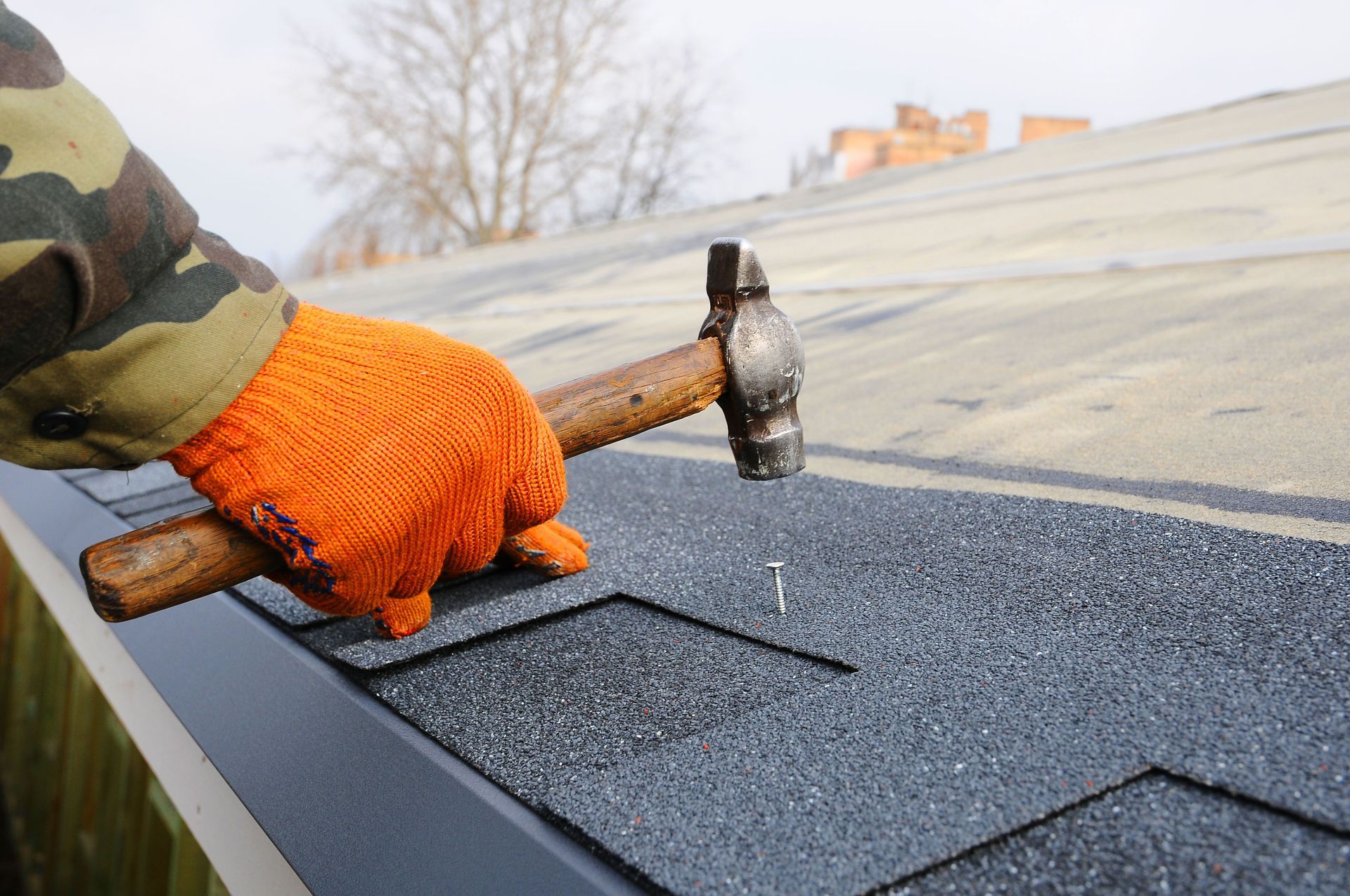
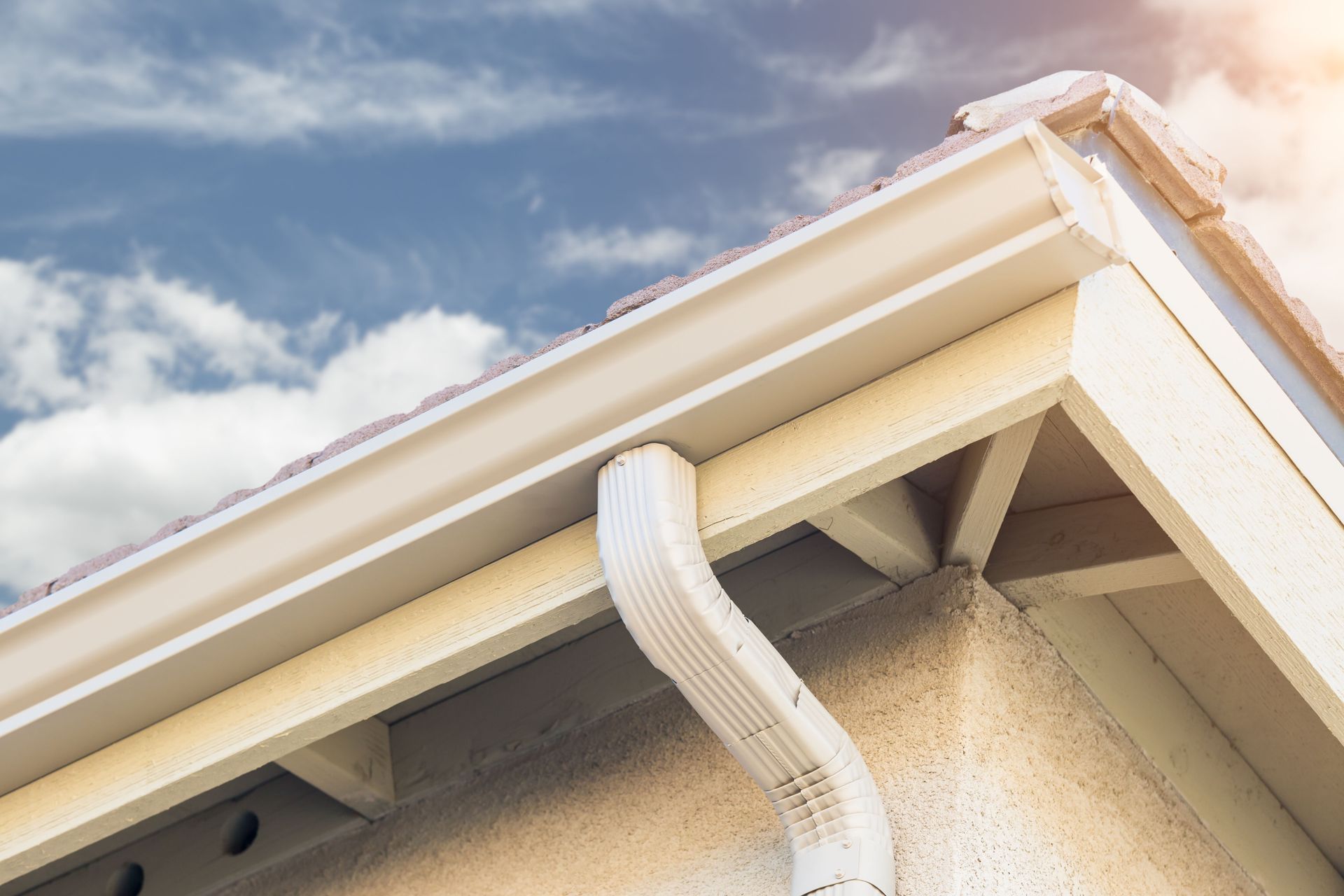
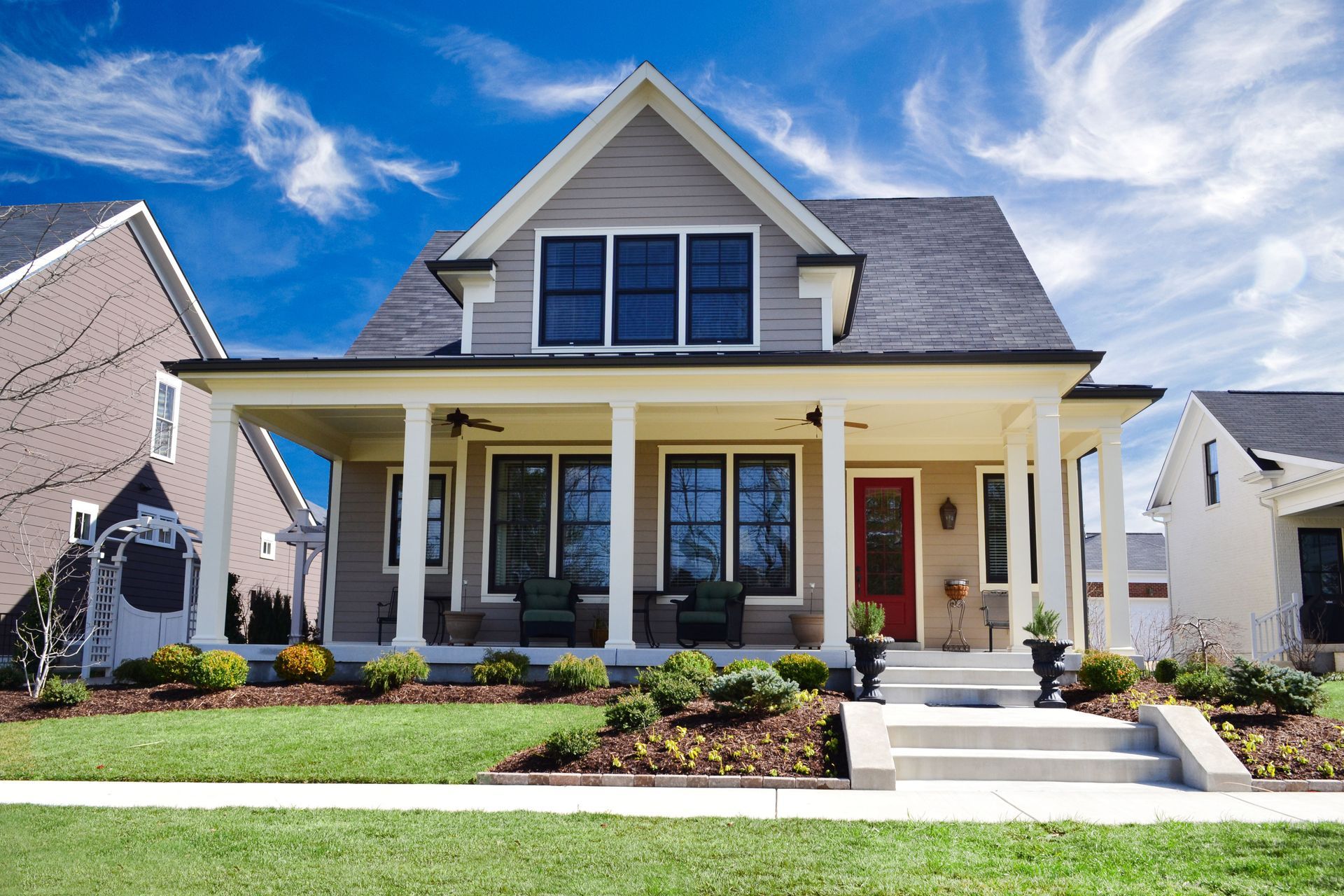
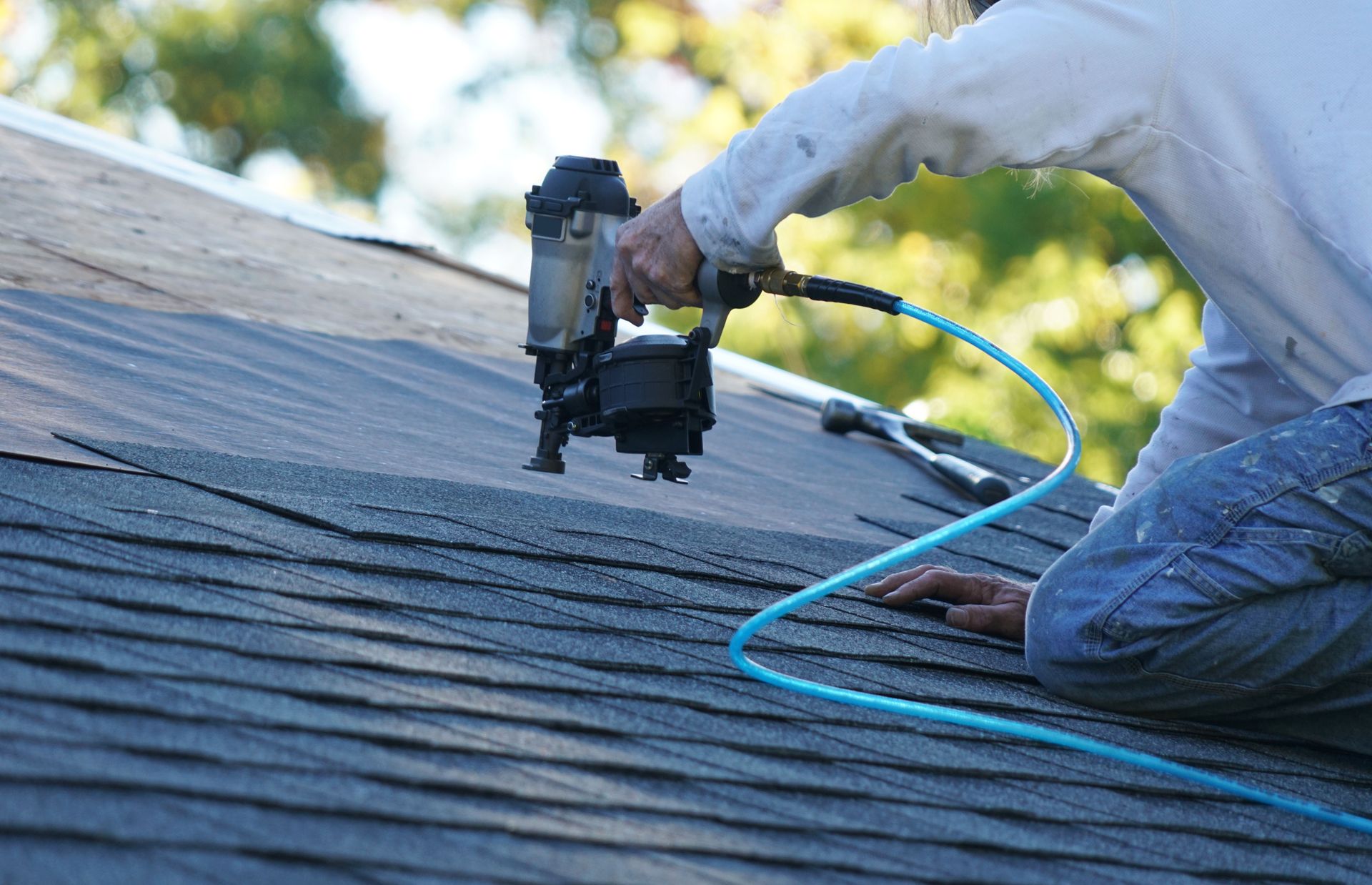
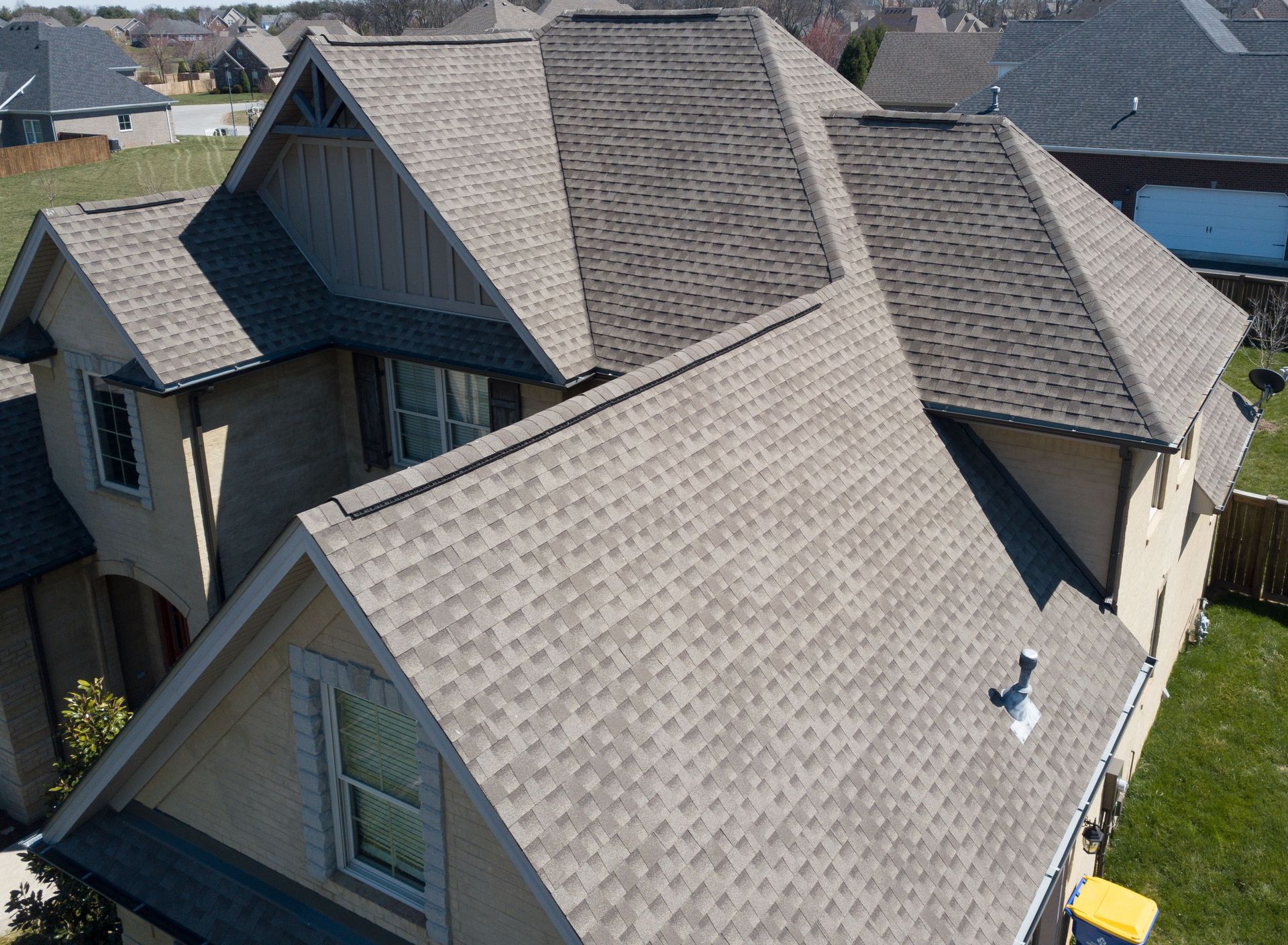
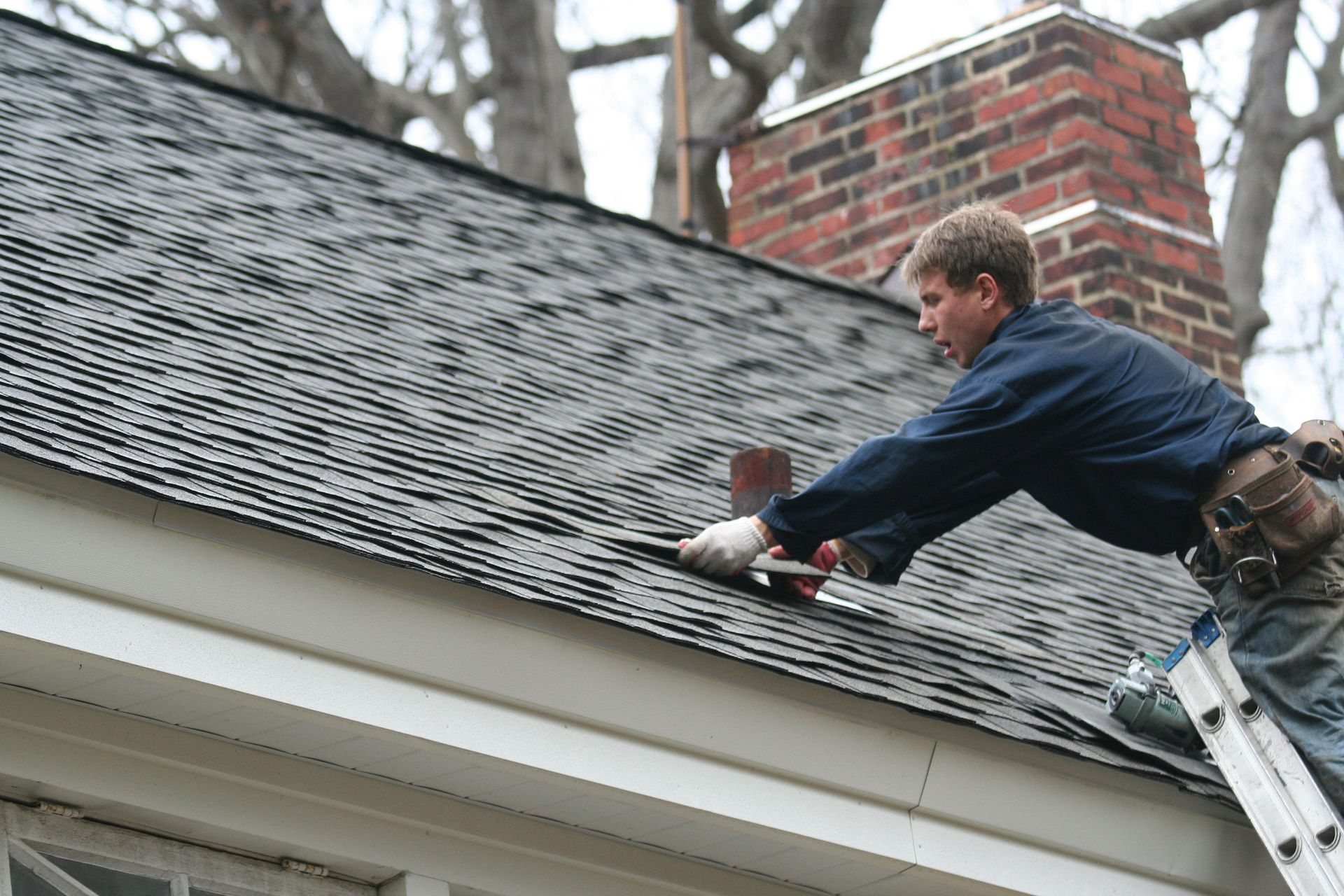
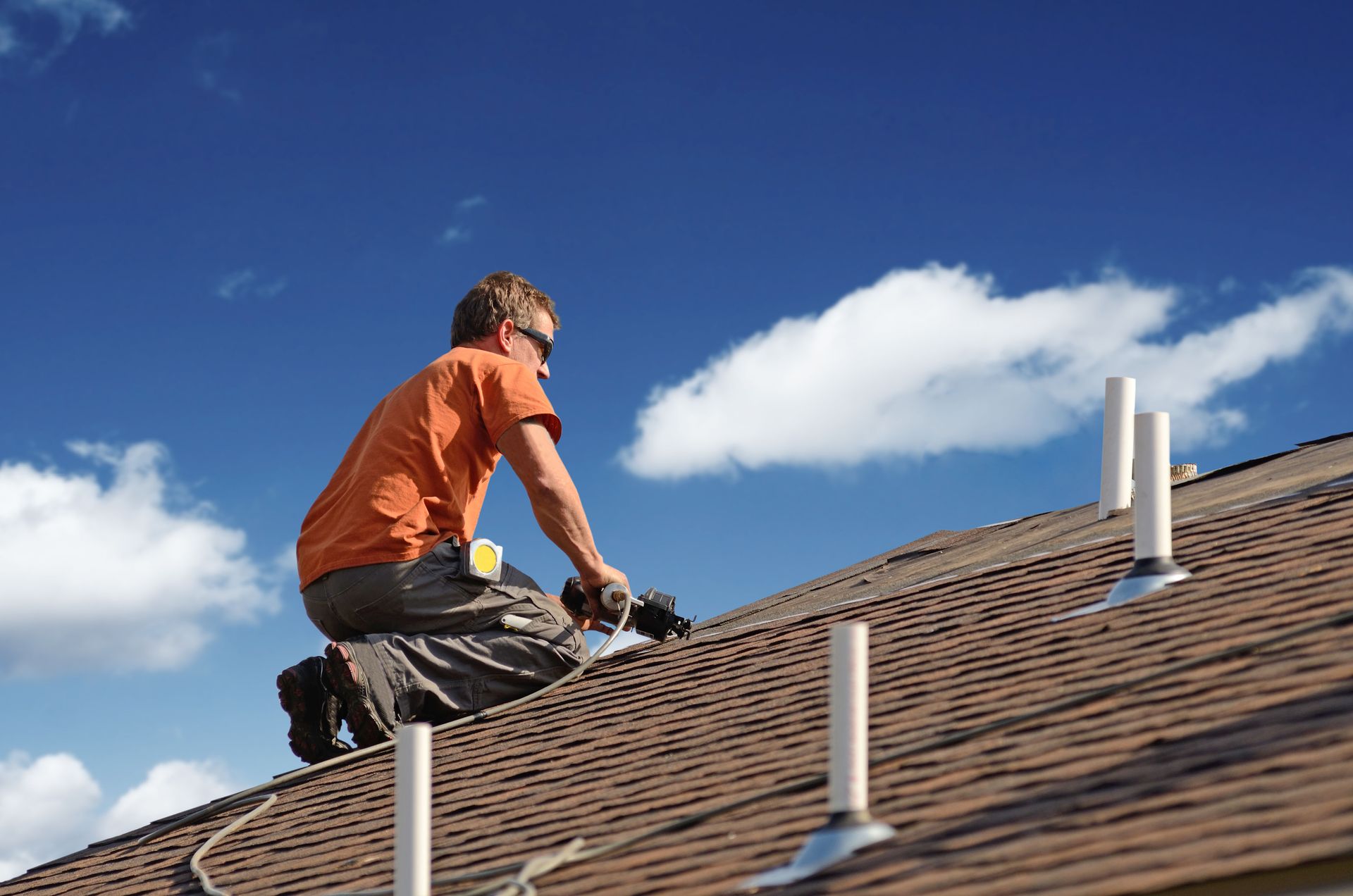
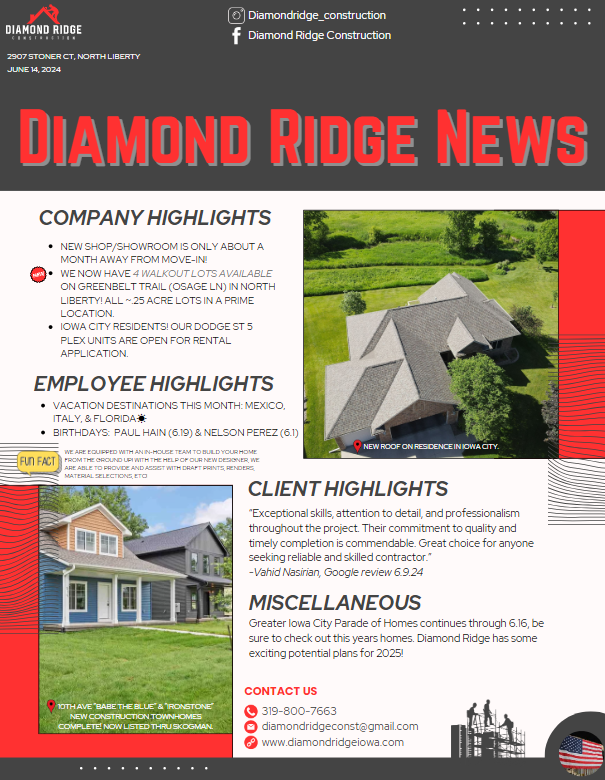
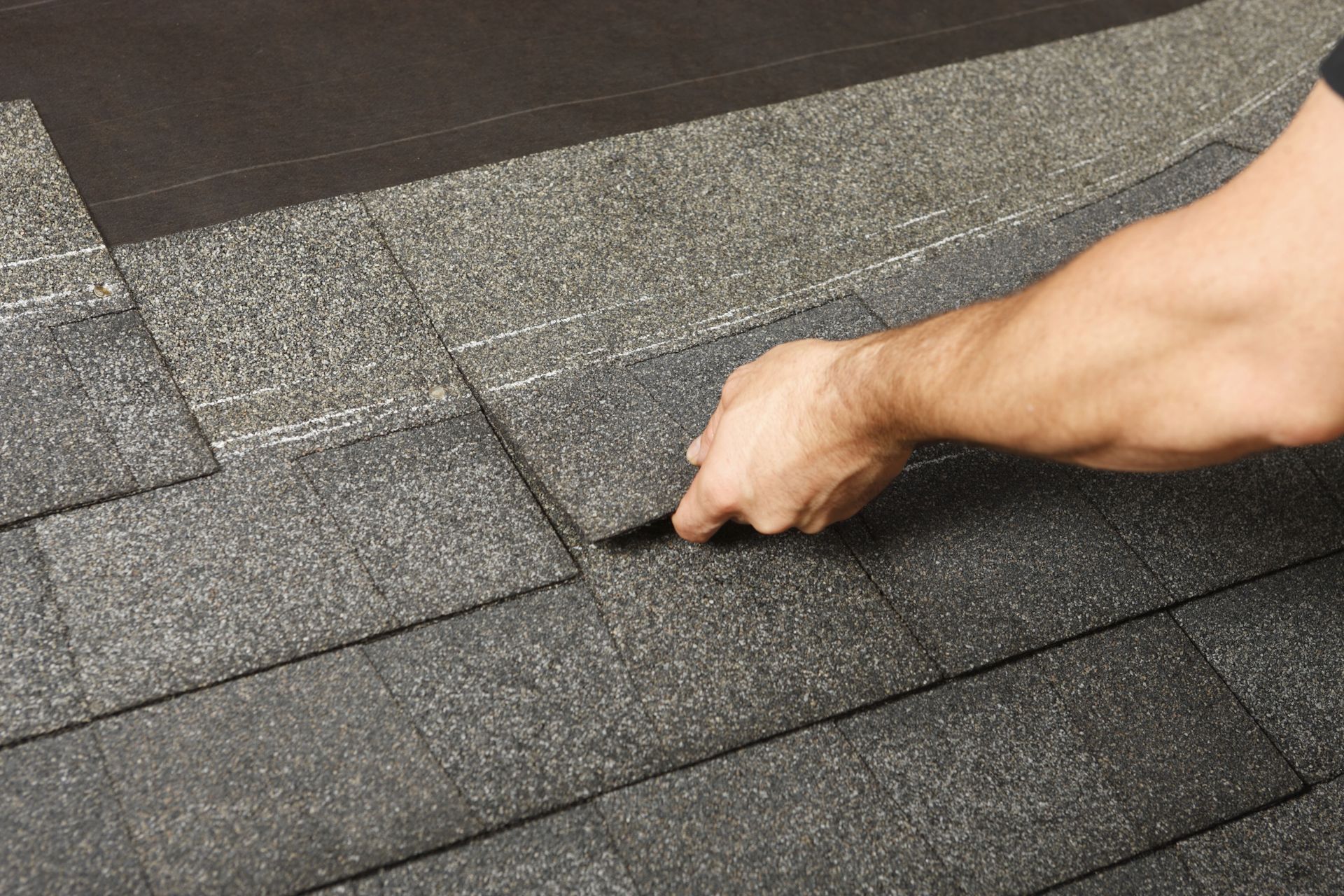
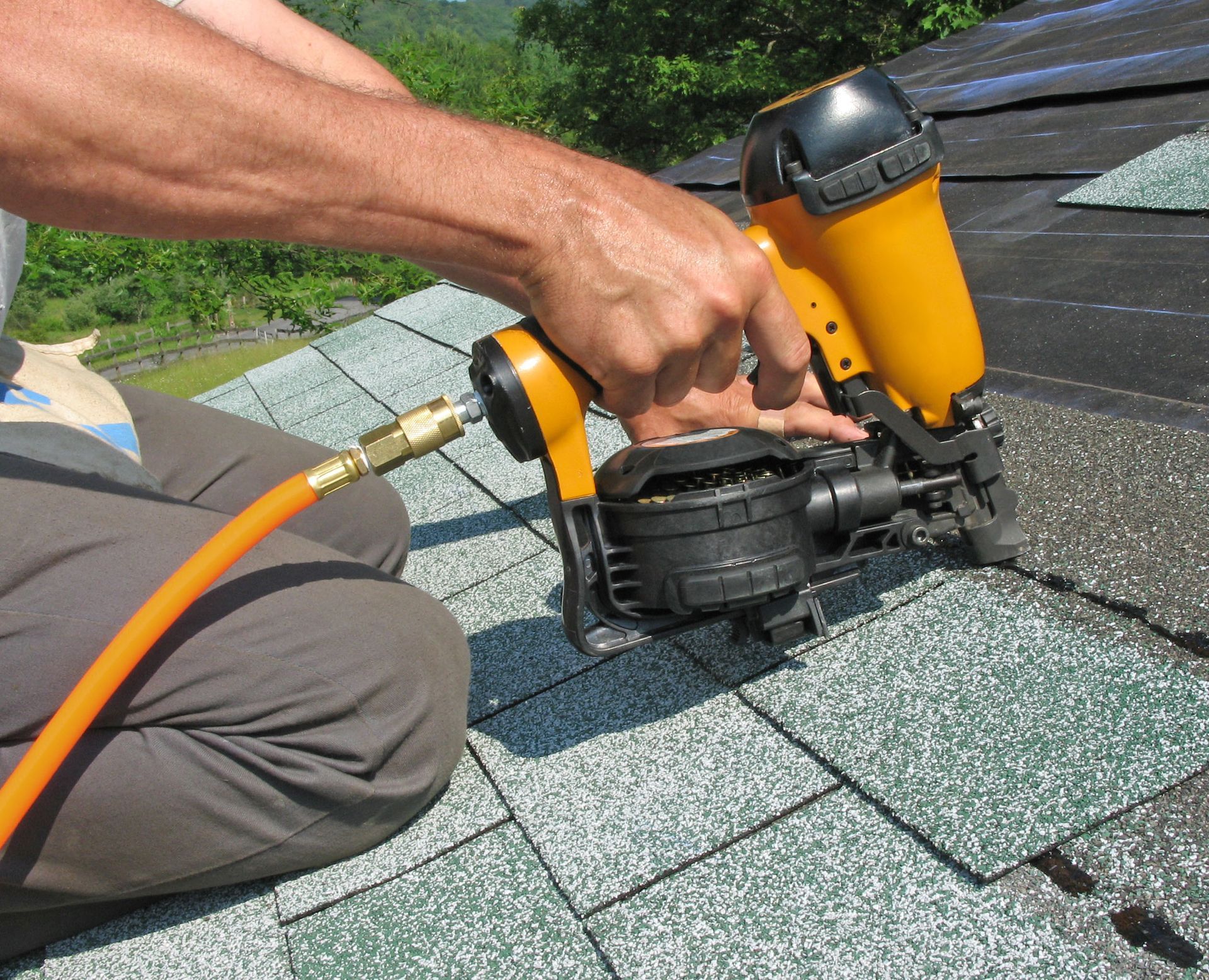
Share On: